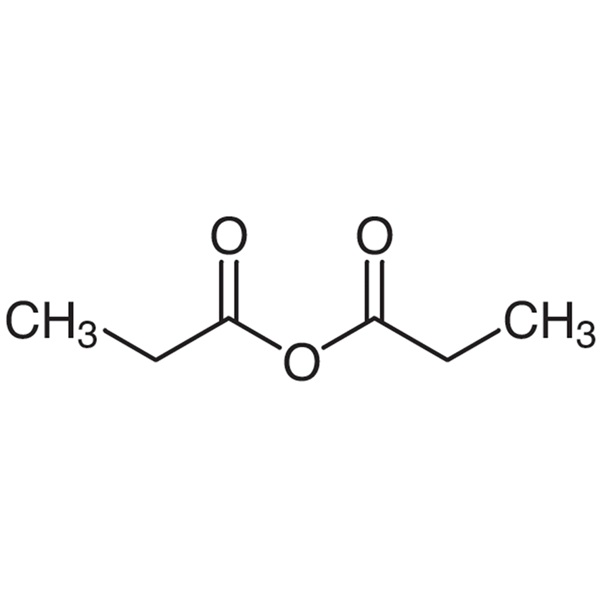Propionic Anhydride CAS 123-62-6 Purity >99.0% (GC)
Shanghai Ruifu Chemical Co., Ltd. is the leading manufacturer of Propionic Anhydride (CAS: 123-62-6) with high quality. Ruifu Chemical can provide worldwide delivery, competitive price, excellent service, small and bulk quantities available. Purchase Propionic Anhydride, Please contact: alvin@ruifuchem.com
| Chemical Name | Propionic Anhydride |
| Synonyms | PIA; Propanoic Anhydride; Propionic Acid Anhydride; Propionyl Anhydride; Propionyl Oxide; Anhydride Propanoic Acid; Propanoyl Propanoate |
| Stock Status | In Stock, Commercial Production |
| CAS Number | 123-62-6 |
| Molecular Formula | C6H10O3 |
| Molecular Weight | 130.14 g/mol |
| Melting Point | -42℃ |
| Boiling Point | 166.0~168.0℃(lit.) |
| Flash Point | 63℃(145°F) |
| Density | 1.015 g/mL at 25℃(lit.) |
| Refractive Index n20/D | 1.404(lit.) |
| Sensitive | Moisture Sensitive |
| Water Solubility | Hydrolyses. Decomposes in Water (When in Contact with Water) |
| Solubility | Soluble in Chloroform, Ether |
| Stability (Stable. Combustible) | Incompatible with strong oxidizing agents, water, moisture, most common metals, active halogen compounds, ammonia, amines. |
| COA & MSDS | Available |
| Free Sample | Available |
| Origin | Shanghai, China |
| Brand | Ruifu Chemical |
| Items | Specifications | Results |
| Appearance | Clear Colorless Liquid | Clear Colorless Liquid |
| Purity / Analysis Method | >99.0% (GC) | 99.76% |
| Water by Karl Fischer | <0.10% | 0.06% |
| Density (20℃) | 1.011~1.015 | Complies |
| Refractive Index n20/D | 1.404~1.406 | Complies |
| Infrared Spectrum | Consistent with Structure | Complies |
| Conclusion | The product has been tested and complies with the given specifications | |
Package: Fluorinated Bottle, 25kg/Drum, 200kg/Drum, or according to customer's requirement.
Storage Condition: Keep the container tightly closed and store in a cool, dry and well-ventilated warehouse away from incompatible substances. Containers which are opened must be carefully resealed and kept upright to prevent leakage. It is sensitive to moisture. Incompatible with strong oxidizing agents and alcohols.
Shipping: Deliver to worldwide by air, by FedEx / DHL Express. Provide fast and reliable delivery.
How to Purchase? Please contact Dr. Alvin Huang: sales@ruifuchem.com or alvin@ruifuchem.com
15 Years Experience? We have more than 15 years of experience in the manufacture and export of a wide range of high quality pharmaceutical intermediates or fine chemicals.
Main Markets? Sell to domestic market, North America, Europe, India, Korea, Japanese, Australia, etc.
Advantages? Superior quality, affordable price, professional services and technical support, fast delivery.
Quality Assurance? Strict quality control system. Professional equipment for analysis include NMR, LC-MS, GC, HPLC, ICP-MS, UV, IR, OR, K.F, ROI, LOD, MP, Clarity, Solubility, Microbial limit test, etc.
Samples? Most products provide free samples for quality evaluation, shipping cost should be paid by customers.
Factory Audit? Factory audit welcome. Please make an appointment in advance.
MOQ? No MOQ. Small order is acceptable.
Delivery Time? If within stock, three days delivery guaranteed.
Transportation? By Express (FedEx, DHL), by Air, by Sea.
Documents? After sales service: COA, MOA, ROS, MSDS, etc. can be provided.
Custom Synthesis? Can provide custom synthesis services to best fit your research needs.
Payment Terms? Proforma invoice will be sent first after confirmation of order, enclosed our bank information. Payment by T/T (Telex Transfer), PayPal, Western Union, etc.
Hazard Symbols C - Corrosive
Risk Codes R34 - Causes burns
Safety Description
S26 - In case of contact with eyes, rinse immediately with plenty of water and seek medical advice.
S45 - In case of accident or if you feel unwell, seek medical advice immediately (show the label whenever possible.)
UN IDs UN 2496 8/PG 3
WGK Germany 1
RTECS UF9100000
TSCA Yes
HS Code 2942000000
Hazard Note Corrosive/Moisture Sensitive
Hazard Class 8
Packing Group III
Toxicity LD50 orally in rats: 2.36 g/kg (Smyth)
Propionic Anhydride (CAS: 123-62-6), colorless liquid with irritating odor. Strong, pungent, unpleasant odor. Soluble in methanol, ethanol, ether, chloroform and alkali, decomposes in water.
Propionic Anhydride is mainly used as esterifying agent and nitration or sulfonation of dehydrating agent, also used in the preparation of alkyd resin, dyes and pharmaceuticals; and Propionic Anhydride is widely used as a reagent in organic synthesis.
Propionic Anhydride is used as a propionylating agent in the manufacture of pharmaceuticals, fragrances and special esters, in the pharmaceutical industry, it is used to produce horosamycin propionate (antibiotics), testosterone propionate (male hormone deficiency), oxymethandrosterone propionate (anticancer drug), and chlordimethasone (adrenal cortex). Hormones) and betamethasone dipropionate (adrenal cortex hormone), etc.
Decomposes exothermically in water to form a corrosive solution of propionic acid [Merck, 11th ed. 1989].
Propionic Anhydride (CAS: 123-62-6) reacts exothermically with water. The reactions are sometimes slow, but can become violent when local heating accelerates their rate. Acids accelerate the reaction with water. Incompatible with acids, strong oxidizing agents, alcohols, amines, and bases.
Inhalation causes irritation of eyes and respiratory tract. Contact with liquid causes burns of eyes and skin. Ingestion causes burns of mouth and stomach.
Combustible material: may burn but does not ignite readily. Substance will react with water (some violently) releasing flammable, toxic or corrosive gases and runoff. When heated, vapors may form explosive mixtures with air: indoors, outdoors and sewers explosion hazards. Most vapors are heavier than air. They will spread along ground and collect in low or confined areas (sewers, basements, tanks). Vapors may travel to source of ignition and flash back. Contact with metals may evolve flammable hydrogen gas. Containers may explode when heated or if contaminated with water.
Moderately toxic by ingestion. Mildly toxic by skin contact. A corrosive irritant to skin, eyes, and mucous membranes. Combustible when exposed to heat or flame; can react with oxidizing materials. To fight fire, use CO2, dry chemical. When heated to decomposition it emits acrid smoke and irritating fumes. Used as an esterifyng agent and dehydrating agent. See also ANHYDRIDES.
Propionic Anhydride (CAS: 123-62-6) is strong smelling and corrosive, and will cause burns on contact with skin. Vapour can burn eyes and lungs.
UN2496 Propionic Anhydride, Hazard class: 8; Labels: 8-Corrosive material.
Vapors may form explosive mixture with air. Incompatible with oxidizers (chlorates, nitrates, perox- ides, permanganates, perchlorates, chlorine, bromine, fluo- rine, etc.); contact may cause fires or explosions. Keep away from alkaline materials, strong bases, strong acids, oxoacids, epoxides, reducing agents; alcohols and metals. Contact with water forms heat 1 flammable propionic acid. Compounds of the carboxyl group react with all bases, both inorganic and organic (i.e., amines) releasing substantial heat, water and a salt that may be harmful. Incompatible with arsenic compounds (releases hydrogen cyanide gas), diazo compounds, dithiocarbamates, isocyanates, mercap- tans, nitrides, and sulfides (releasing heat, toxic and possibly flammable gases), thiosulfates and dithionites (releasing hydrogen sulfate and oxides of sulfur).
-
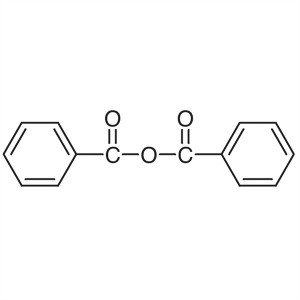
Benzoic Anhydride CAS 93-97-0 Assay ≥99.0% (HPL...
-
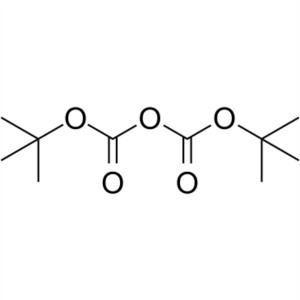
Boc Anhydride (Boc)2O CAS 24424-99-5 Di-tert-Bu...
-
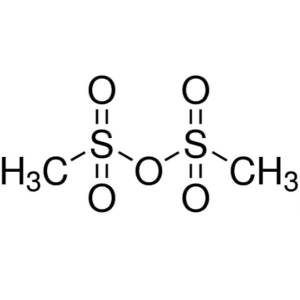
Methanesulfonic Anhydride CAS 7143-01-3 Purity ...
-
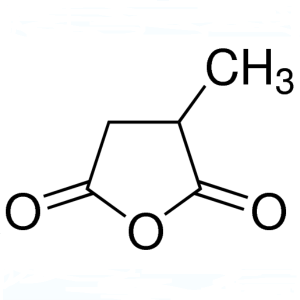
Methylsuccinic Anhydride CAS 4100-80-5 Purity >...
-
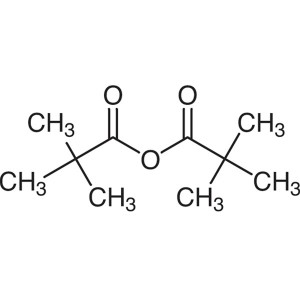
Pivalic Anhydride CAS 1538-75-6 Purity >99.0% (GC)
-
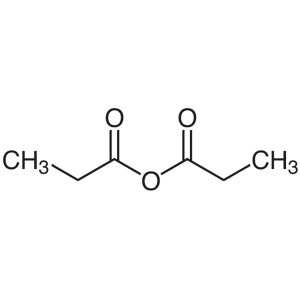
Propionic Anhydride CAS 123-62-6 Purity >99.0% ...
-
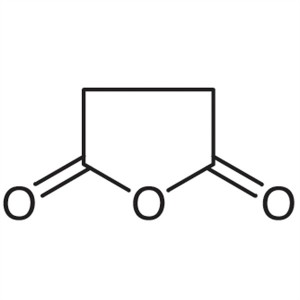
Succinic Anhydride CAS 108-30-5 Purity >99.5% (...
-
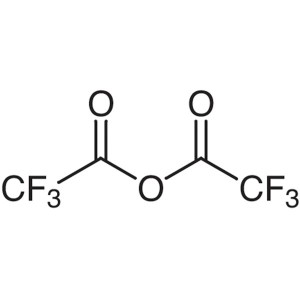
Trifluoroacetic Anhydride (TFAH) CAS 407-25-0 P...
-
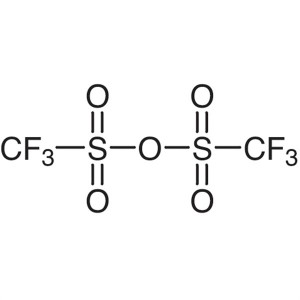
Trifluoromethanesulfonic Anhydride CAS 358-23-6...
-
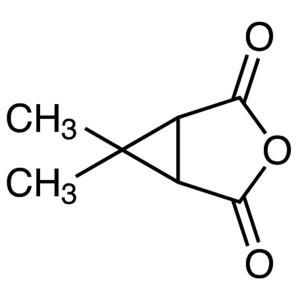
Caronic Anhydride CAS 67911-21-1 PF-07321332 Bo...
-
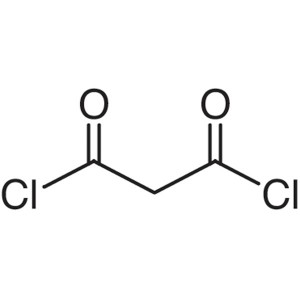
Malonyl Chloride CAS 1663-67-8 Purity >98.0% (GC)
-
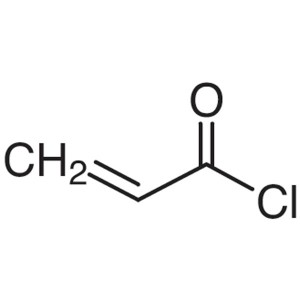
Acryloyl Chloride CAS 814-68-6 Purity >99.0% (G...
-
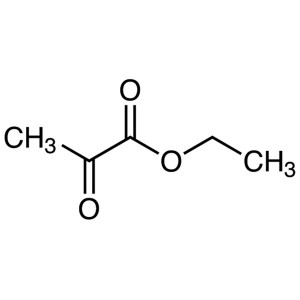
Ethyl Pyruvate CAS 617-35-6 Purity >99.0% (GC)
-
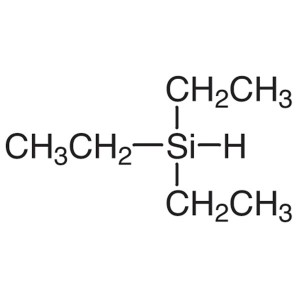
Triethylsilane (TES) CAS 617-86-7 Purity >99.0%...
-
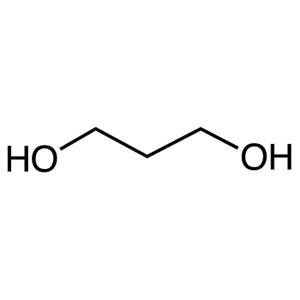
1,3-Propanediol (PDO) CAS 504-63-2 Purity >99.0...
-
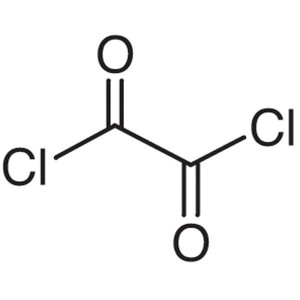
Oxalyl Chloride CAS 79-37-8 Purity >99.0% (GC) ...

